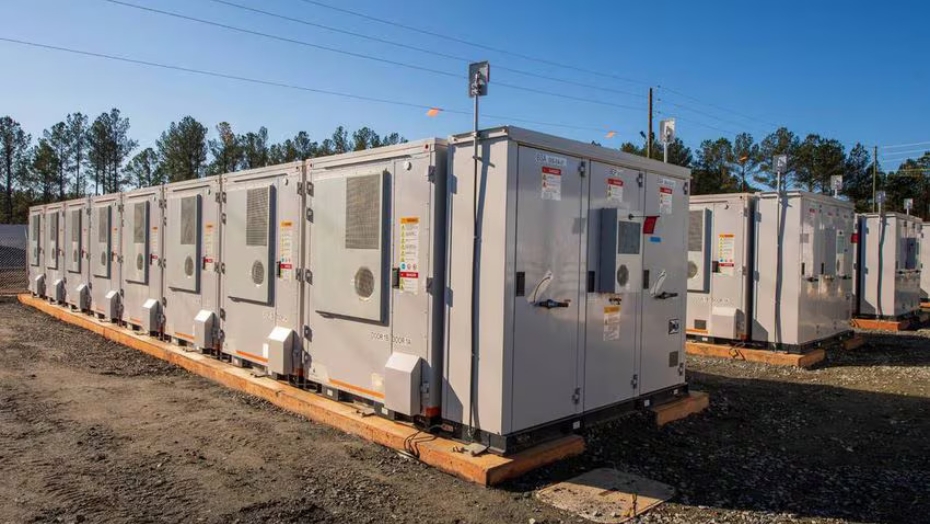
In a continued effort to limit its use of fossil fuels to mitigate peaks, Georgia Power Company is adding a whole mess of new BESS.
Earlier this month, Georgia Power Company submitted its 2023 Integrated Resource Plan Update (2023 IRP Update) to the Georgia Public Service Commission, which includes an Application for Certification for four battery energy storage systems totaling 500 MW.
Georgia Power included attachments with information and data on each of the proposed projects, but since they contained “sensitive terms and conditions” and cost information, they were nearly entirely redacted from public disclosure- deemed “trade secrets.”
Here’s what we do know about those projects:
Robins BESS: A 128 MW, 4-hour duration BESS in Warner Robins, Georgia on an existing Air Force base site. The engineering, procurement, and construction company (EPC) is Burns and McDonnell. It will utilize lithium iron phosphate Tesla Megapack 2 XL batteries, which will be charged via electricity from the grid. It’s expected to be online in 2026.
Moody BESS: A 49.5 MW, 4-hour duration BESS in Valdosta, Georgia on an existing Air Force base site. The EPC is Crowder. It will utilize lithium iron phosphate Tesla Megapack 2 XL batteries, which will be paired with an existing solar project at the base. It’s expected to be online in 2026.
Hammond BESS: A 57.5 MW, 4-hour duration in Rome, Georgia on the site of Plant Hammond, an existing coal-fired power station that has been decommissioned. The EPC is Crowder. It will utilize lithium iron phosphate Tesla Megapack 2 XL batteries, which will be positioned alongside “existing infrastructure.” It’s expected to be online in 2026.
McGrau Ford Phase II: A 265 MW, 4-hour duration in Ball Ground, Georgia on a site in Cherokee County that already has a 265 MW BESS being built. Burns and McDonnell is the EPC. It also utilizes lithium iron phosphate Tesla Megapack 2 XL batteries, which will be charged by the grid. Phase two of this project is expected to be online in 2026.
In February, Georgia Power installed its first BESS, the Mossy Branch Energy Facility, a 65 MW BESS on 2.5 acres of rural countryside in Talbot County, north of Columbus.
“As Georgia Power looks at our energy transmission system across the state, we want areas that have the capacity to inject more energy to support what the grid naturally needs,” the company’s vice president of planning and pricing Aaron Mitchell said in a statement regarding the Mossy Branch project.
In April, Georgia Power received permission from the Public Service Commission to forgo the typical bidding process and get right to constructing BESS to support its needs. In that filing, Georgia Power signaled its intention to solicit bids for more storage- another 500 MW- in the near future.
Battery energy storage projects are popping up all over the U.S., which added nearly 4 GW of storage capacity in the second quarter of this year alone, according to a recent report. Most of the new batteries- 97% of them- ended up in ERCOT, WECC, and CAISO territories.
Although the state is just starting to explore the possibilities of battery energy storage, Georgia has been a hotbed for renewable energy development since the passage of the IRA, attracting 28 projects and more than $15 billion in investment, according to e2 analysis. Only Michigan (30) has more.